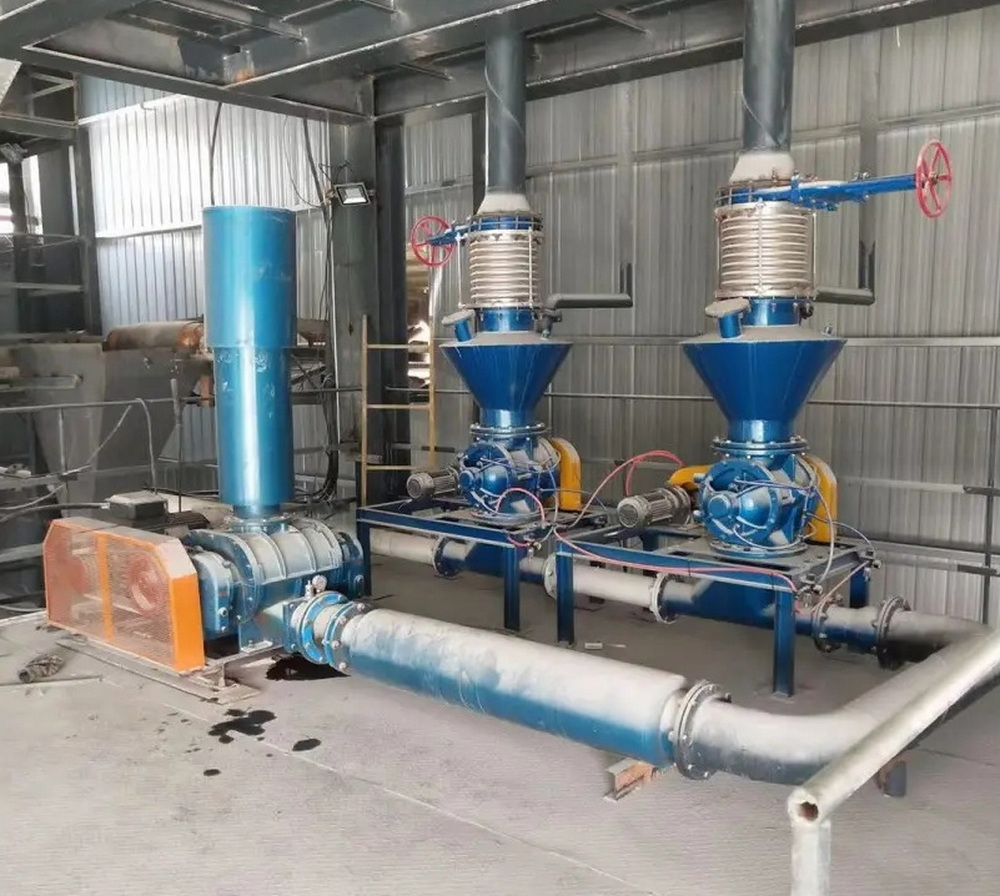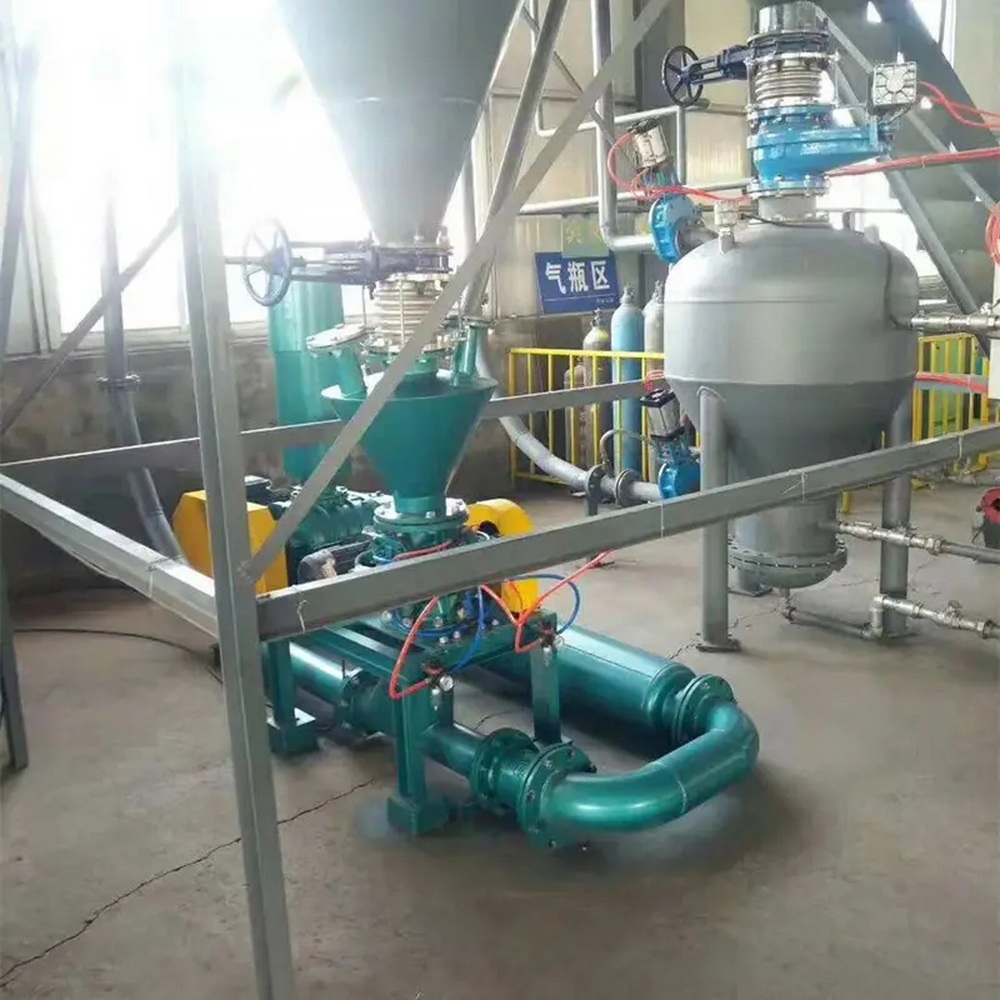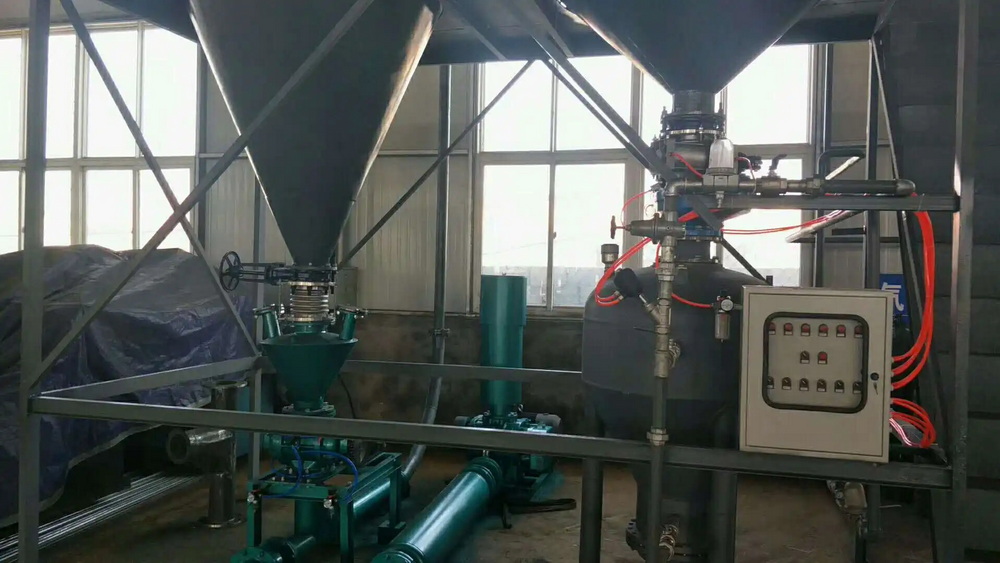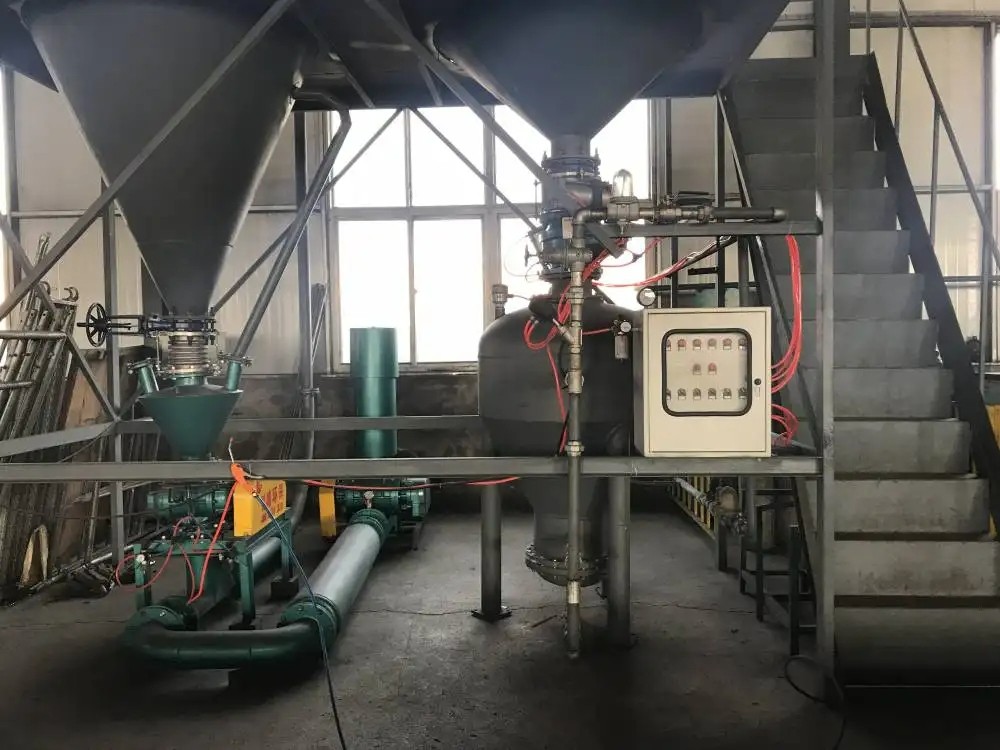E-mail: zqdicheng@chinadicheng.com
What are the parameters of Roots blower pneumatic conveying
The main parameters of Roots blower pneumatic conveying are: mixing ratio, wind speed, air volume, inner diameter of conveying pipe, etc.
Mixing ratio μ, The mixing ratio, also known as mass concentration, refers to the ratio of the mass of transported materials to the mass of air per unit time, that is: μ= GS / g ﹤ GS is the mass flow of the material, in kg / h; G is the mass air flow, in kg / h; When conveying the same amount of materials, the greater the mixing ratio, the less air consumption, so the power consumption is small. When the mixing ratio increases, the material concentration in the conveying pipe will increase, which will increase the pressure loss of the system and increase the risk of blockage. Therefore, three situations should be considered when determining the mixing ratio:

One is the conveying mode. In negative pressure conveying, due to the limitation of vacuum degree, the mixing ratio cannot be very large, while in positive pressure conveying, a higher mixing ratio can be adopted.
The second is the transportation distance and pipeline layout. The transportation distance is short, the pipeline layout is simple, and the mixing ratio can be larger. Generally, the mixing ratio decreases with the increase of transportation distance.
III. the diameter of the conveying pipe is small, and the materials are easy to be suspended in the pipe. Therefore, the conveying pipe with small diameter can take a higher mixing ratio. Or increase the wind speed, or increase the mixing ratio.
Roots blower pneumatic conveying mixing ratio reference:
Negative pressure conveying: the mixing ratio of low vacuum is 1 ~ 8, and the mixing ratio of high vacuum is 10 ~ 35,
Positive pressure transmission: low pressure 1 ~ 10, high pressure 10 ~ 40.
Whether the design of pneumatic conveying device is reasonable or not, the selection of appropriate wind speed is the key. If the wind speed is too high, it will not only increase the power consumption, but also make the transmission pipe wear and materials broken. If the wind speed is too small, it is easy to cause the deposition and blockage of materials in the pipeline. The selection of wind speed involves the economy and reliability of the device.
According to the mechanism of suspension pneumatic conveying, the conveying can be realized as long as the air velocity is slightly greater than the suspension velocity of the material. In fact, when the two-phase flow flows in the pipeline, the friction and collision between particles and between particles and the pipeline, the uneven distribution of air flow on the pipeline section, and the deceleration of materials at the elbow will affect the transportation of materials. Therefore, the air flow speed that can realize normal transportation is much higher than the suspension speed, and when transporting the mixed collected garbage, the selection of transportation wind speed should meet the materials with large suspension speed.
When designing pneumatic conveying, it is more economical to choose a lower air velocity, because within a certain speed range, the pressure loss of the system decreases with the decrease of air velocity. Of course, too small conveying wind speed is easy to block the conveying pipe.
The conveying air velocity is generally determined by test or referring to relevant conveying examples.



Copyright © Shandong Dacheng Machinery Technology Co., Ltd All Rights Reserved | Sitemap | Powered by 